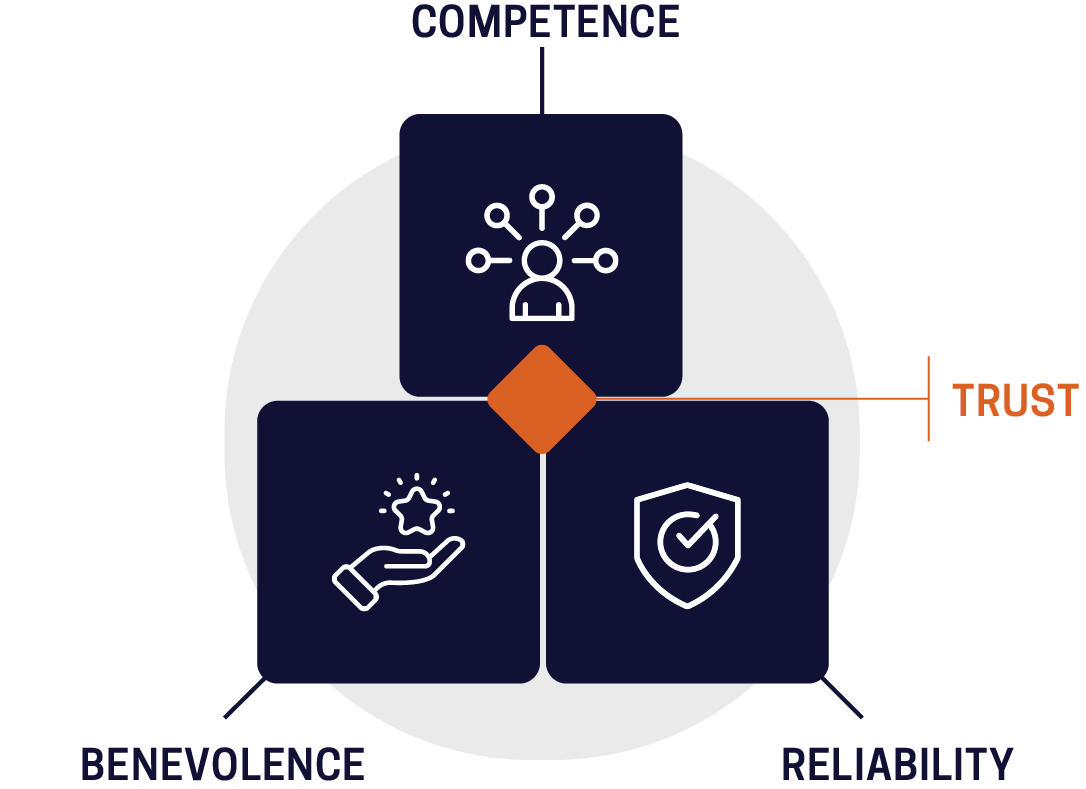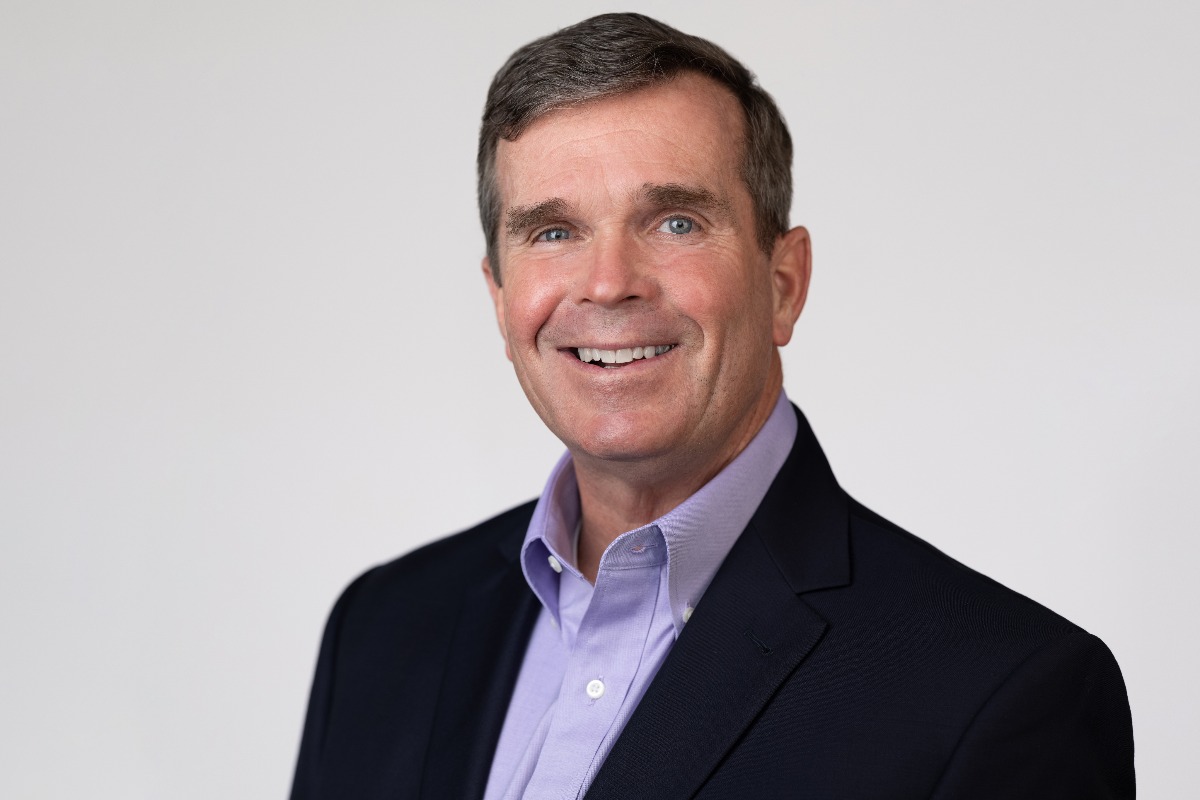New Workforce, New Model
Federal executives face unprecedented challenges in attracting, developing, and retaining top talent. Political divisions, cumbersome hiring processes, and declining employee morale have left many federal agencies struggling to maintain a motivated and effective workforce. Meanwhile, 22% of Americans currently employed plan to retire in 2024, and HR models designed to attract Boomers are not as effective with Millennials and Generation Z.
Federal agencies facing an accelerating retirement wave and attracting the workforce of the future can hire and retain new talent through a modernized employee experience. However, they must first say goodbye to legacy systems and adopt a new approach.
McChrystal Group’s HR Lifecycle Implementation Framework provides a comprehensive solution to these challenges, offering a strategic methodology to transform federal talent management practices.

The HR Lifecycle Implementation Framework
This framework creates an ecosystem where people, processes, and technology work to drive organizational value and employee engagement.
Rooted in organizational strategy, it focuses on achieving desired outcomes through four key components: Generate Attraction, Fuel Talent Flows, Empower Employees, and Develop Leaders.
The Implementation Framework streamlines the integration of new and existing federal employment policies, introduces systems to achieve strategic outcomes, and empowers federal workers throughout their service. McChrystal Group has identified 13 stages for a healthy HR lifecycle centered around the Implementation Framework. These interdependent stages break down employee development over their tenure, allowing organizations to focus resources and time on service delivery and driving strategic value throughout the HR lifecycle.
Generate Attraction: Becoming an Agency of Purpose
Federal agencies possess a unique advantage – the opportunity to serve the American people. Agencies can attract purpose-driven individuals by effectively showcasing organizational culture, values, and growth opportunities. But it's not just about attracting talent; it's about fostering a sense of belonging and aligning mission and vision with every aspect of the HR Lifecycle. This is a vital tool for attraction among purpose-driven Millennials and Gen Z.
McChrystal Group data found only 53% of employees believe their organization communicates how their objectives could impact broader company goals. A clear mission and vision build a strong employer brand and increase employee engagement. Employees who understand how their roles contribute to their team’s goals are three times more likely to be highly engaged. McChrystal Group researchers found employee engagement and alignment with the organization’s strategy are key predictors of emotional connection to the organization, and employees with low emotional connection are nearly three times more likely to leave within the year.
Fuel Talent Flows: Attracting Mission and Purpose-Aligned Candidates
Modern recruitment requires a data-driven role and team design approach, informed HR planning, and mission-centric recruiting. Advanced analytics help identify traits of top-performing employees, guiding recruitment efforts and team designs that foster engagement and allow for clear career advancement. Transparent and engaging hiring processes, supported by technology, build trust from the outset, enhancing candidate experience and retention.

Applicants and current employees desire visibility into how to build a rewarding career in public service. Even when leaders do a better job of promoting the mission-driven work that younger generations clearly want, those messages must be bolstered by agency capabilities that make it easy for job seekers to apply for and accept roles.
“Leaders can only address what they can see, and the first step to creating a picture of a workforce is a clear understanding of what ‘good’ really looks like and where the organization is finding and losing such talent,” said Ryan Aminzadeh, director of AI and data engineering at McChrystal Group.
Empower Employees: The Right Information and Skills at the Right Time
Empowerment is critical to employee engagement and performance. According to McChrystal Group's database of employee surveys, employees with high degrees of empowerment are 89% more likely to be engaged.
Effective onboarding, performance management, and knowledge management processes ensure employees are equipped and motivated to contribute to the organization’s success. Personalized onboarding plans, ongoing feedback, and development opportunities help employees integrate smoothly and remain engaged throughout their tenure.
By prioritizing continuous development and robust knowledge management practices, organizations can cultivate a skilled, motivated workforce that is agile and prepared to meet present and future challenges. Implementing comprehensive training programs, leveraging emerging technologies, fostering a learning culture, and using data-driven strategies are critical steps in getting the right information and skills to the right people at the right time.
Develop Leaders: Retaining and Growing Tomorrow’s Leaders Today
Sustained engagement and a robust leadership pipeline are crucial for long-term organizational success. This elevates and primes leaders who exemplify commitment to organizational goals for greater responsibilities. These leaders build trust with employees, strengthening engagement and retention.
 Trust, built through competence, benevolence, and reliability, underpins effective leadership and employee engagement. Comprehensive leader development programs focusing on empathy, communication, and integrity prepare employees for future roles, ensuring continuity and resilience. Inclusive environments and strategic succession planning ensure the organization is well-equipped to navigate future challenges. Ultimately, “Develop Leaders” pulls the other phases together to grow the next generation of government leaders and ensure the enduring success of the federal government.
Trust, built through competence, benevolence, and reliability, underpins effective leadership and employee engagement. Comprehensive leader development programs focusing on empathy, communication, and integrity prepare employees for future roles, ensuring continuity and resilience. Inclusive environments and strategic succession planning ensure the organization is well-equipped to navigate future challenges. Ultimately, “Develop Leaders” pulls the other phases together to grow the next generation of government leaders and ensure the enduring success of the federal government.
The Greatest Threat, or The Greatest Opportunity?
The federal workforce is America’s most strategic asset. A holistic, transformative approach to talent management is essential to unlocking the potential of federal employees and recruiting the best talent the nation has to offer. McChrystal Group’s HR Lifecycle Implementation Framework offers a transformative approach to helping federal agencies build and retain a dedicated, purpose-driven workforce. The fight for talent is one of the nation’s greatest challenges, but with bold and comprehensive action, federal executives can turn the nation’s greatest threat into its greatest opportunity.
Are you ready to transform your talent management strategy?
Download our comprehensive whitepaper, "The Greatest Threat: An Implementation Framework for the Federal HR Lifecycle," to discover actionable insights and innovative approaches to attracting, developing, and retaining top-tier talent in federal agencies. Take the first step towards a stronger, more engaged workforce today!



